If you’re a tech savvy 18 year old looking for the ultimate guide to the Internet of Things, look no further! This article covers all the basics and more, from what IoT is, to why it’s important, and how you can use it. We’ll show you how to take advantage of the internet of things to increase efficiency and make life easier. Read on and get ready to experience the world of IoT like never before!
What is IoT (Internet of Things) and How Does it Work?
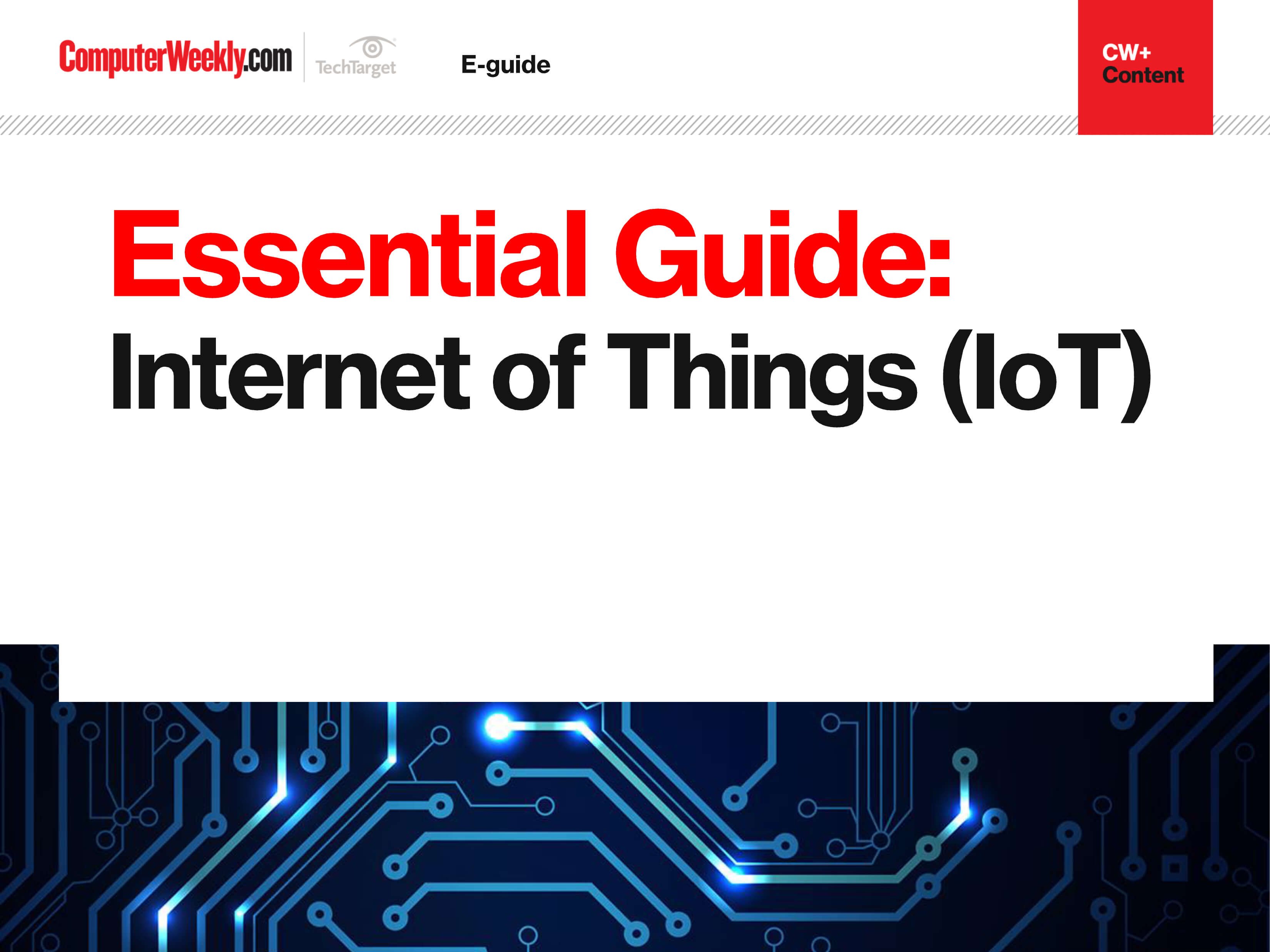
The term Internet of Things (IoT) refers to the network of physical objects or “things” that are embedded with software, sensors, and other technologies for the purpose of connecting and exchanging data with other devices and systems over the Internet. IoT can be used to monitor and control objects from a distance, meaning it allows us to control things remotely even if we’re not physically present. IoT is a rapidly growing technology and its applications are wide-ranging, from home automation systems to healthcare, transportation, logistics, and more. In a nutshell, IoT is a system of connected devices that can communicate and exchange data with each other, enabling us to do things more quickly and efficiently.
Benefits and Challenges of Implementing IoT

IoT offers plenty of advantages, such as increased efficiency, cost savings, data availability, and improved customer experience. However, implementing IoT also comes with some challenges, such as data security and privacy, integration of data and devices, and scalability. Data security is a major concern as it is difficult to protect connected devices from malicious attacks. Privacy can also be a concern since data collected by IoT devices may be shared with third-party entities. Integration of data and devices is another challenge, as it can be difficult to connect different devices and services to be used in a single system. Finally, scalability is also a challenge, as it requires time and resources to increase the number of connected devices and services. All these challenges must be addressed in order to successfully implement IoT in any organization.
Security and Privacy Considerations of IoT
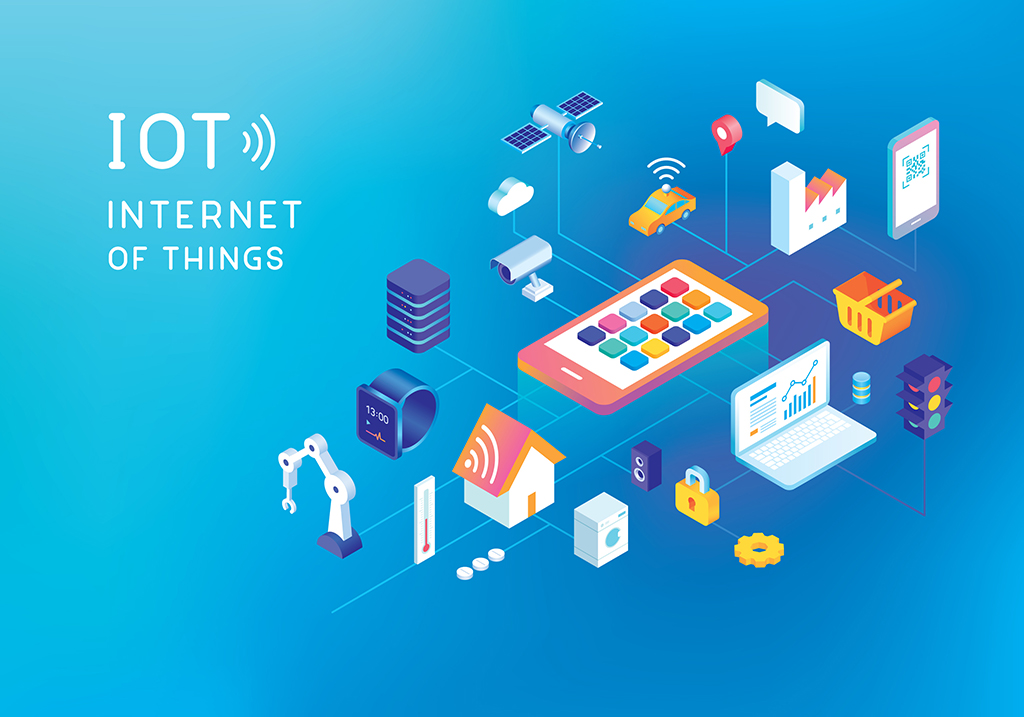
When it comes to security and privacy considerations of IoT, it is essential to take the necessary steps to protect your devices. Keeping your software up to date, creating strong passwords and using secure networks are all great ways to ensure your data is kept safe from hackers. Having a firewall in place can also help protect your data from being accessed by unauthorized parties. Additionally, it is important to be aware of the risks associated with sharing information over the Internet of Things. Taking steps to ensure your data is kept private is essential to protecting yourself and your devices.
The Future of IoT and Its Impact on Business
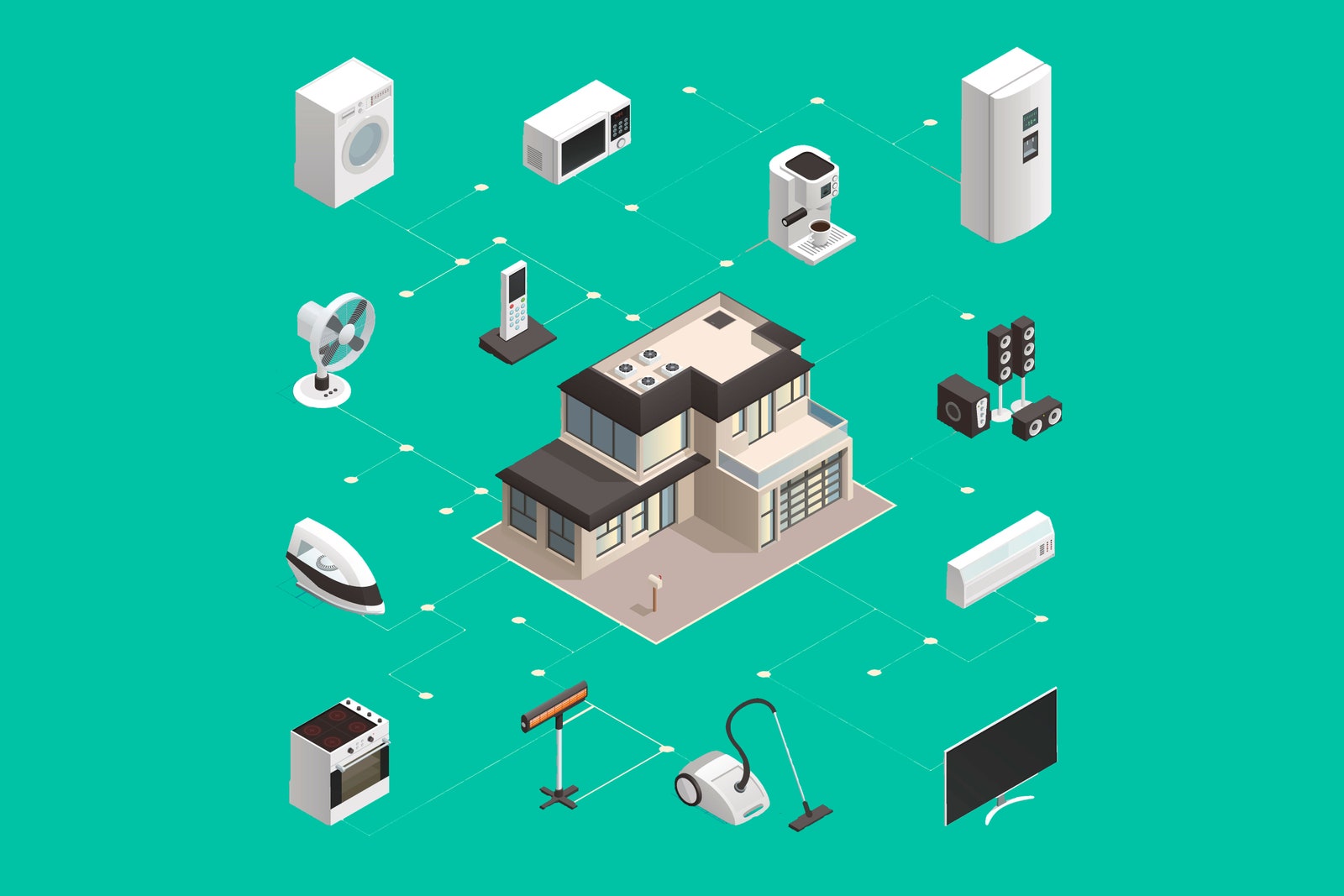
The future of the Internet of Things (IoT) looks very promising for businesses. IoT devices are becoming more and more common, and with them come a range of benefits. With IoT, businesses can automate processes, streamline operations, and gain access to real-time data. This allows companies to make better decisions and to offer better customer service. Additionally, the technology can be used to create innovative products and services that will help businesses stand out from the competition. With the help of IoT, companies can be more efficient, more profitable, and more competitive. The future of IoT looks bright, and businesses that take advantage of it now will have a huge advantage in the years to come.
Best Practices for Successful IoT Adoption and Management
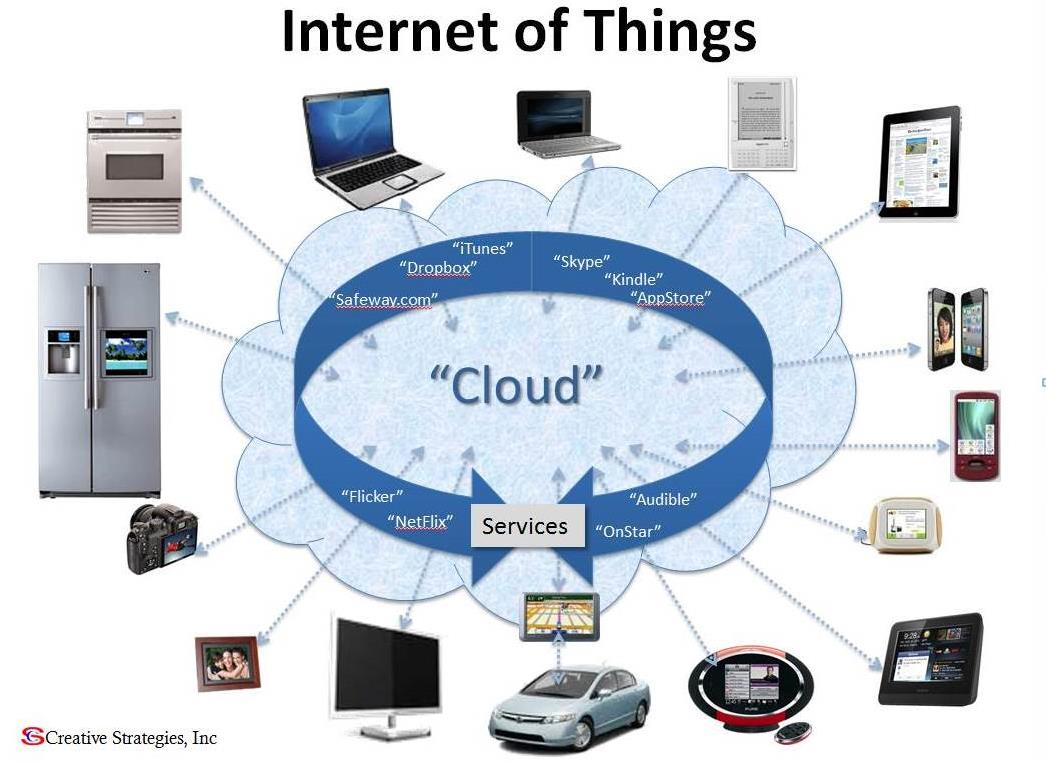
When it comes to successful IoT adoption and management, there are some best practices to consider. Firstly, it’s important to ensure you have the right infrastructure in place to support your IoT devices. This includes having secure networks and cloud services, as well as devices that are robust enough to handle the load and connectivity requirements of your IoT system. Secondly, it’s essential to have the right data management and analytics tools to make sense of the data your IoT system generates. Lastly, you must ensure that you have a secure and reliable network for your IoT devices to communicate on. By following these best practices, you can ensure that your IoT system is secure and running optimally.


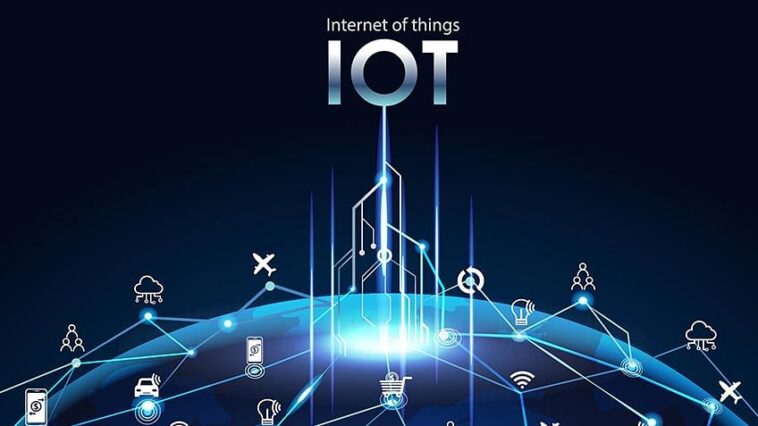


GIPHY App Key not set. Please check settings